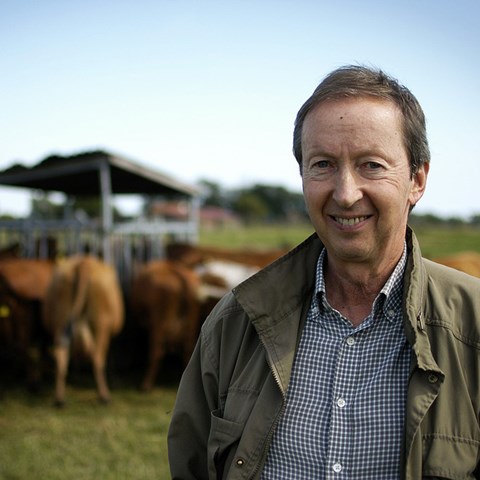This research project studied the collaborative phenomenon (samverkan) in the Swedish green sector. We investigated how collaboration as a governing idea and ideal is constructed and filled with meaning, the consequences this generates and how collaborative practices between research, advisory services and practitioners play out. The aim was to critically explore and provide a multidimensional perspective on collaboration as an idea, form of organization and practice
Increased levels of collaboration is believed to generate a host of desirable outcomes and for many collaboration is a becoming a preferred route in dealing with complex societal challenges. But which type of problems can collaboration actually solve and in what ways? What are the specific challenges that may arise as a consequence of collaborative interactions and expectations?
In society at large as well as in the Swedish green sector there is an outspoken credence in collaboration. Collaboration is more and more approached as a necessary tool and means to address sustainability challenges. But what do we really know about collaboration? Is it possible for collaboration to live up to the high set expectations, and in that case, under what conditions can collaboration generate the desired outcomes? How do actors in the knowledge system deal with new expectations and conditions? These are some of the questions we posed in our research project. Collaboration as a policy and paradigm challenges the traditional flow of knowledge between research and the green sector and thereby unsteadies the whole knowledge system. Our project aimed at enhancing the conditions for productive collaboration through an exploratory and critical approach.
Collecting inspiration from interactive and collaborative governance literature as well as organizational theoretical perspectives on for example boundary organizations, we explored collaboration through mainly three dimensions:
- How collaboration is constructed through and in relation to a societal discourse and sector relevant policy. In other words, the normative dimensions of collaboration.
- How national arenas and platforms for supporting collaboration are organized and institutionalized. We zoom in on Landsbydsnätverket (the Swedish rural network) and RådNu (national centre for competence and advisory services) where the latter is both a case and partner in this project.
- How collaboration plays out in practice by a number of case studies of collaborative initiatives at the more local level.
Our project led to increased knowledge about tailored methods for knowledge production in collaboration between the universities and the surrounding society, enhanced conditions for collaboration between agricultural advisory services and researchers at the Swedish Agricultural University and insights on collaboration as an idea, form of organization and practice to the benefit of other societal sectors.
The project was funded by Vinnova and was carried out as a postdoc project complemented by a more method developing part taking place at RådNu.

